Visit Nature. You won't regret it.

The separation of food, health, soil & governance is at the core of our current global malaise
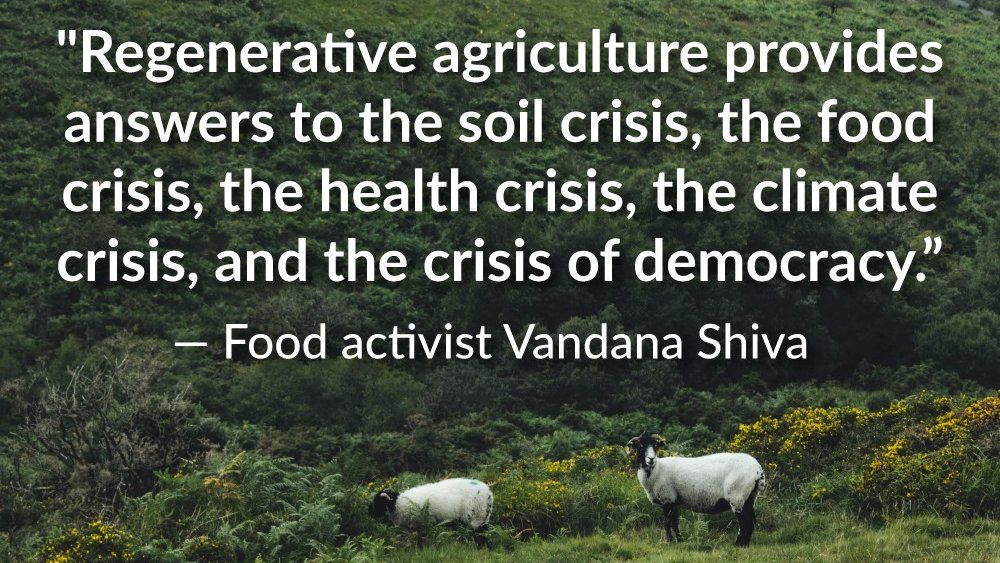
“Diseconomies of Scale”: High-tech Versus Low-tech Supply of Eggs - "An egg in the supermarket uses 350 times as much energy as a locally produced egg"
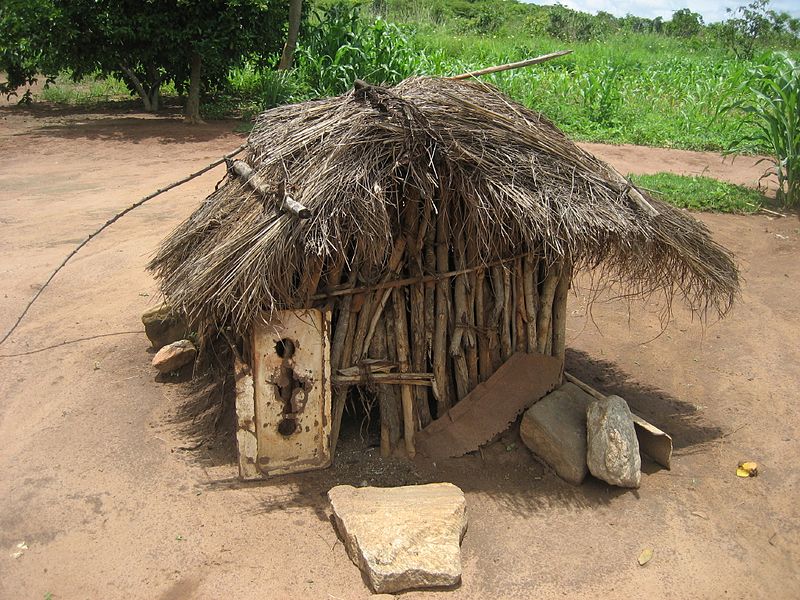
The industrial path results in a dollar cost at the supermarket check-out that is at least twenty times that of the local path if a labour cost is included, and 100 times if one is not. The multiple for energy costs when the industrial total ends at the factory out-gate is about 166 kJ/4.3 kJ = 39/1. A complete account which added the energy costs of waste disposal and transport from the supermarket to the household, etc. might raise the cost for the industrial path to above 1.5 MJ per egg, i.e., to the region of 350 times the energy cost for the alternative path.
Today in "the fall of western civilization": The real pandemic is stupidity
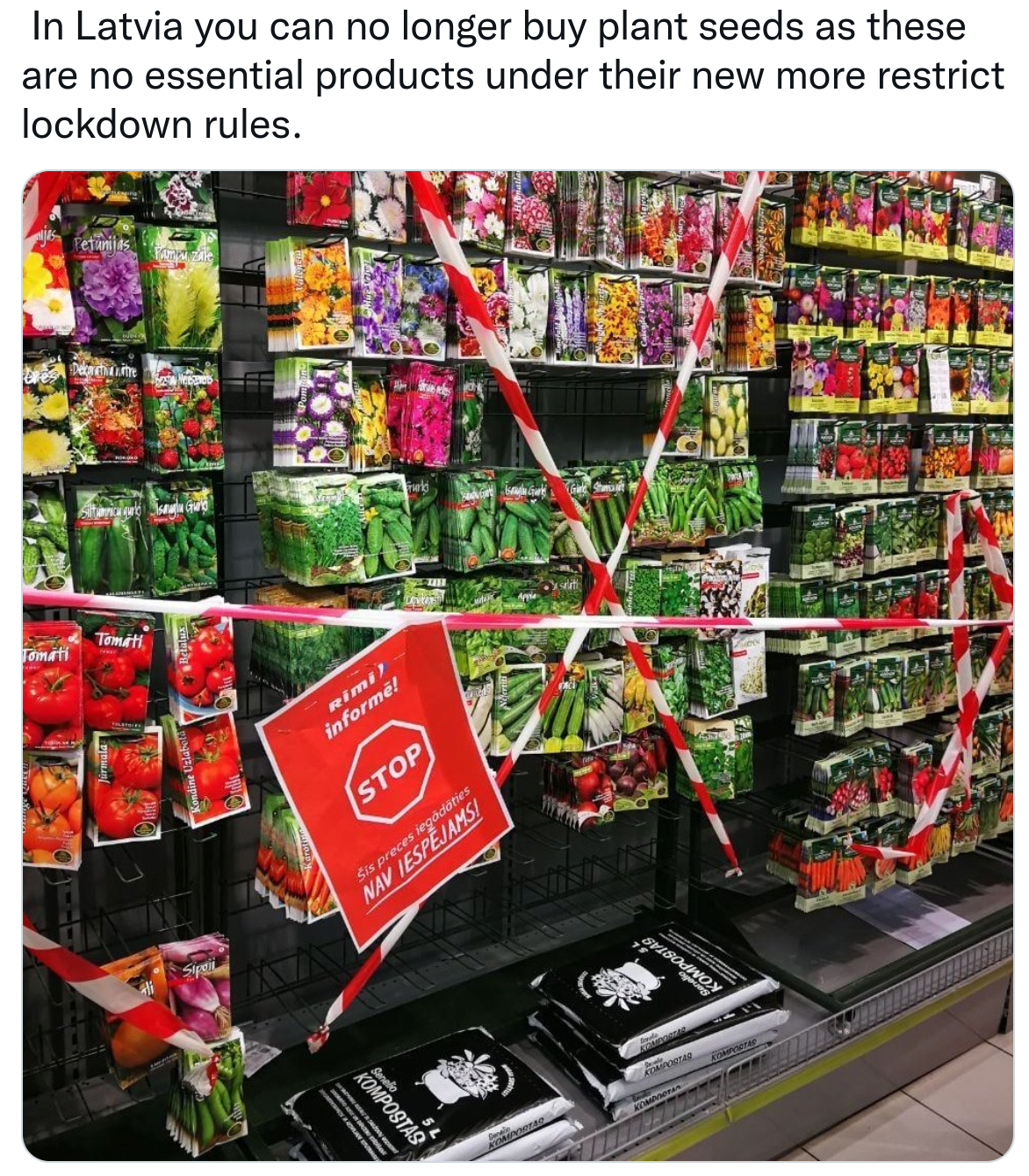
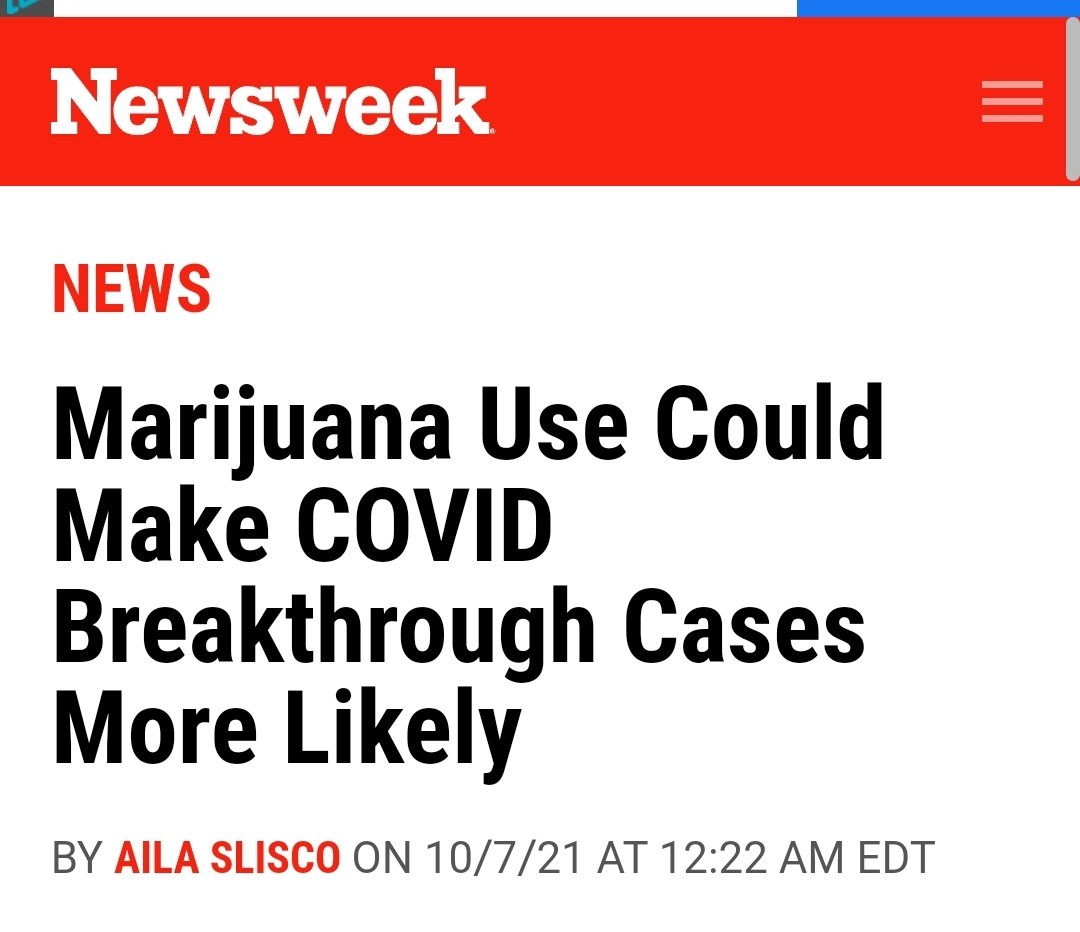




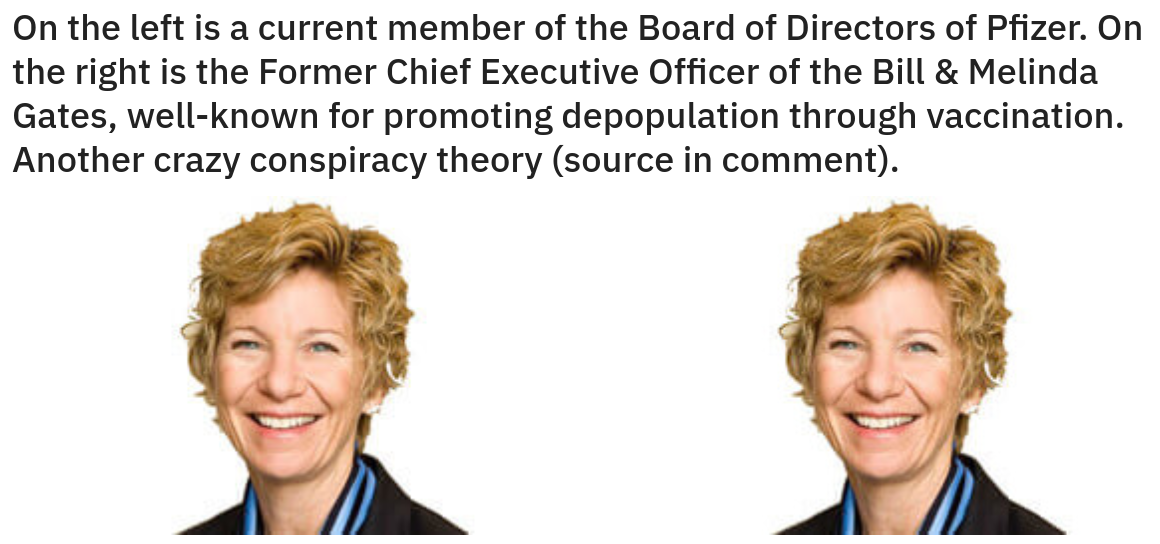


Where was all the food, before we had supermarkets?

"The first supermarket supposedly appeared on the American landscape in 1946. That is not very long ago. Until then, where was all the food? Dear folks, the food was in homes, gardens, local fields, and forests. It was near kitchens, near tables, near bedsides. It was in the pantry, the cellar, the backyard." - Joel Salatin
NIER Effects on Flora & Fauna: A Major Review
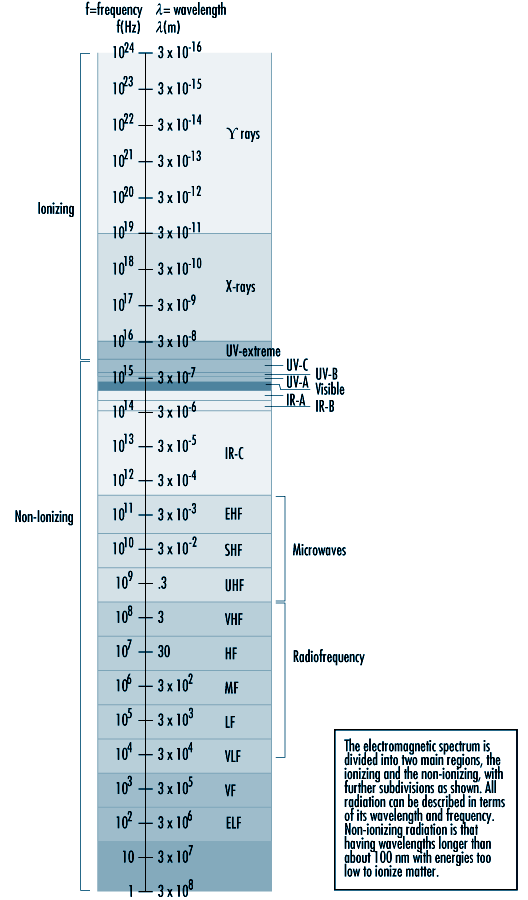
A detailed examination —likely the most exhaustive ever attempted— of the environmental effects of non-ionizing radiation has been published in Reviews on Environmental Health.
“Effects of Non-Ionizing Electromagnetic Fields on Flora and Fauna” is in three parts, the last of which was posted today. They are:
Taken together, the three papers run over 200 pages in the journal and include more than 1,000 references.
The authors are Blake Levitt, Henry Lai and Albert Manville. Levitt is a science journalist, based in Connecticut, and the author of Electromagnetic Fields: A Consumer's Guide to the Issues and How To Protect Ourselves, first published in 1995. Lai is a professor emeritus at the University of Washington, Seattle. In the 1990s, he and N.P. Singh were the first to show that ELF (60 Hz) EMFs and RF radiation could lead to DNA breaks. Manville is a lecturer at Johns Hopkins University in Baltimore and, formerly, a wildlife biologist with the U.S. Fish and Wildlife Service.
“We approached it from the biology/environmental ecosystem level, rather than the typical physics and/or human physiology side,” Levitt told Microwave News. She added that they are planning to publish a book on the topic for the lay reader.
Imagine a world where all the energy invested into controlling and manipulate people, was instead invested into composting and related nature-focused practices. An attainable vision.
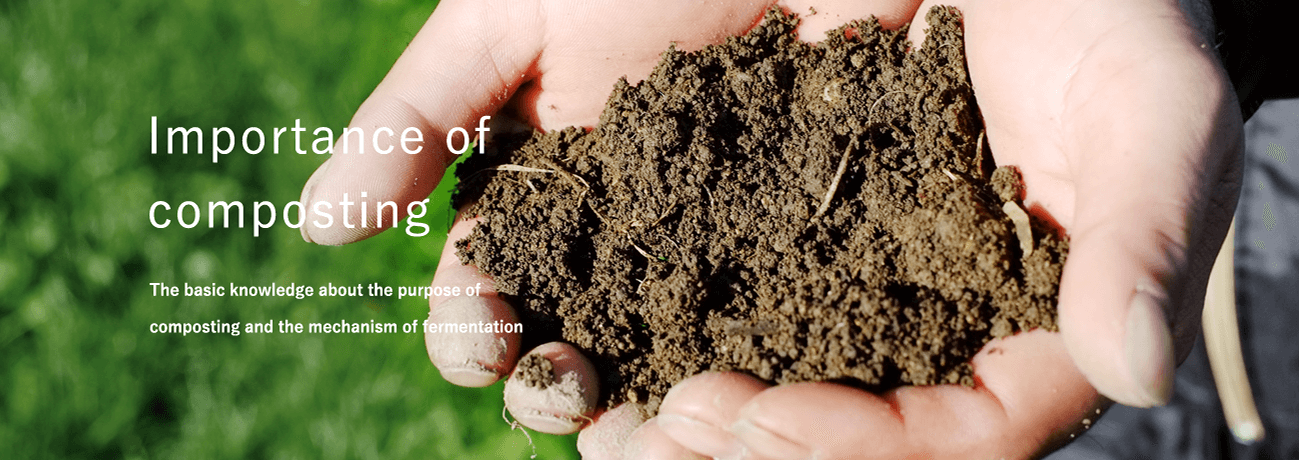
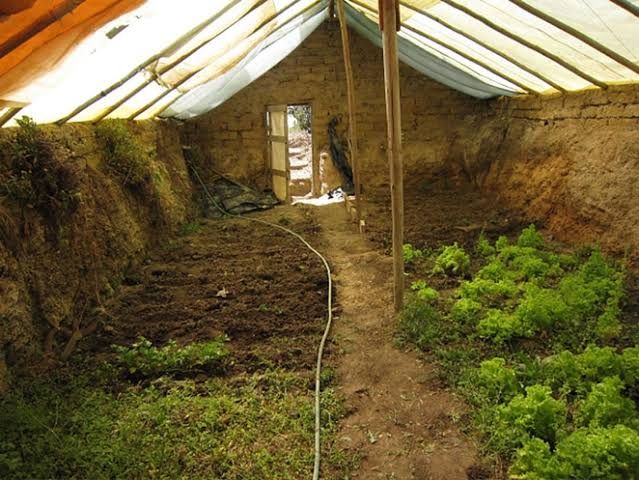
A Walipini is an earth-sheltered cold frame. It allows for crops to be grown in greenhouse like settings, whilst requiring little to no heating, and thus is attractive to subscribers of permaculture and the sustainability movement.
"Edible Mushroom Cultivation for Food Security" is fascinating topic

Pleurotus ostreatus (oyster mushroom) are one of the most widely cultivated mushrooms in the world. It was first cultivated in Germany as a subsistence measure during foods shortages during World War I and is now grown commercially around the world for food.
Today in "the fall of western civilization"
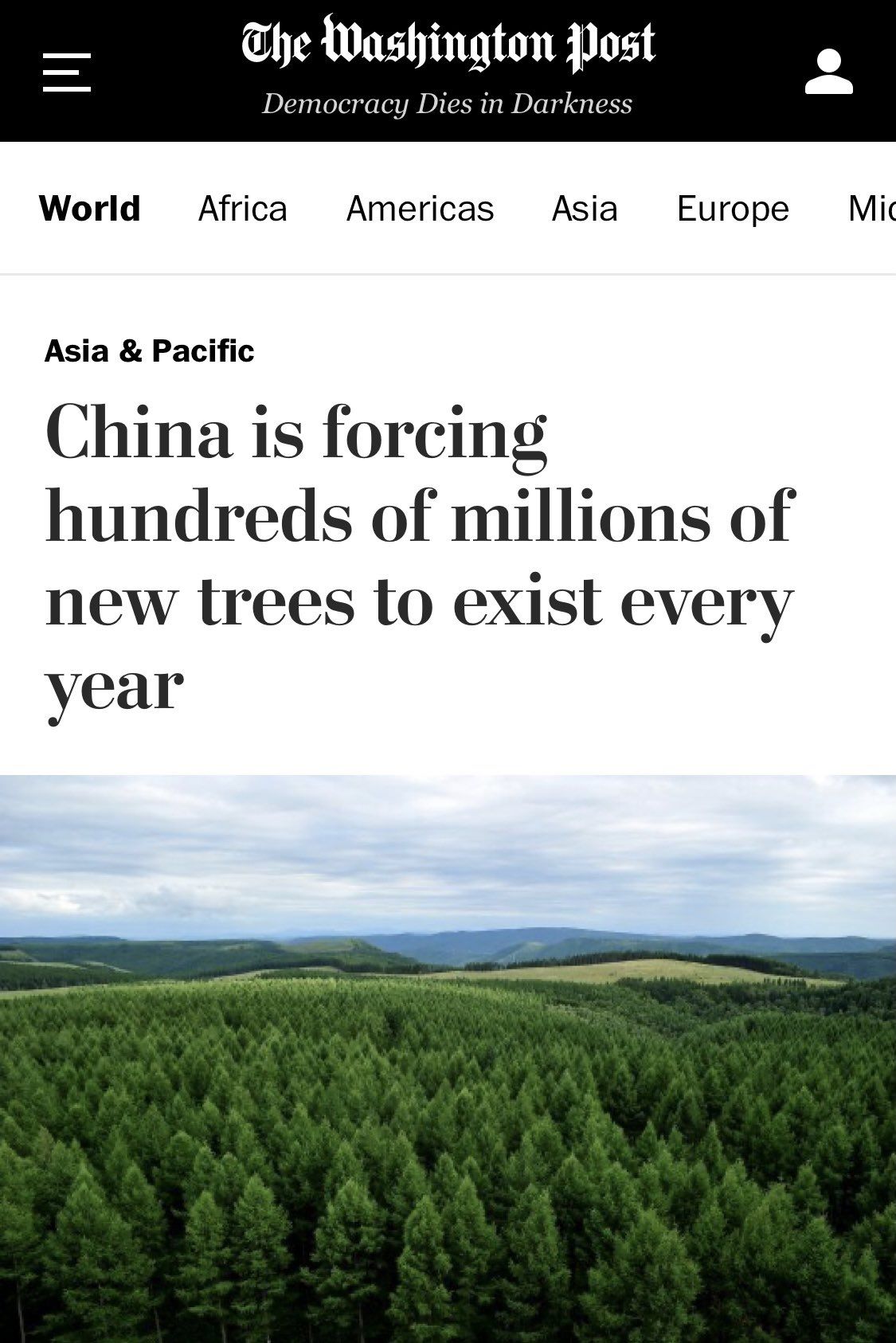


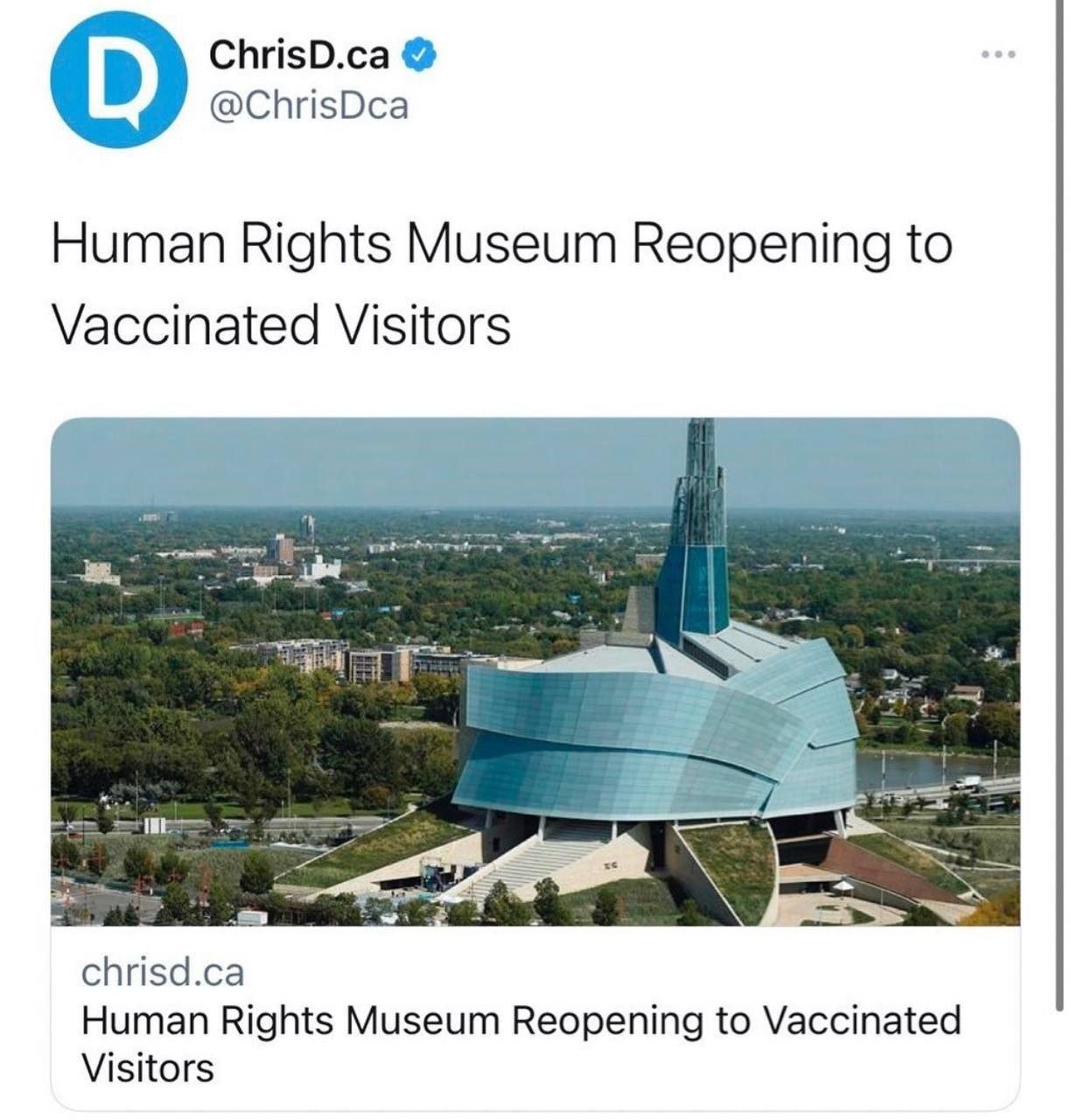


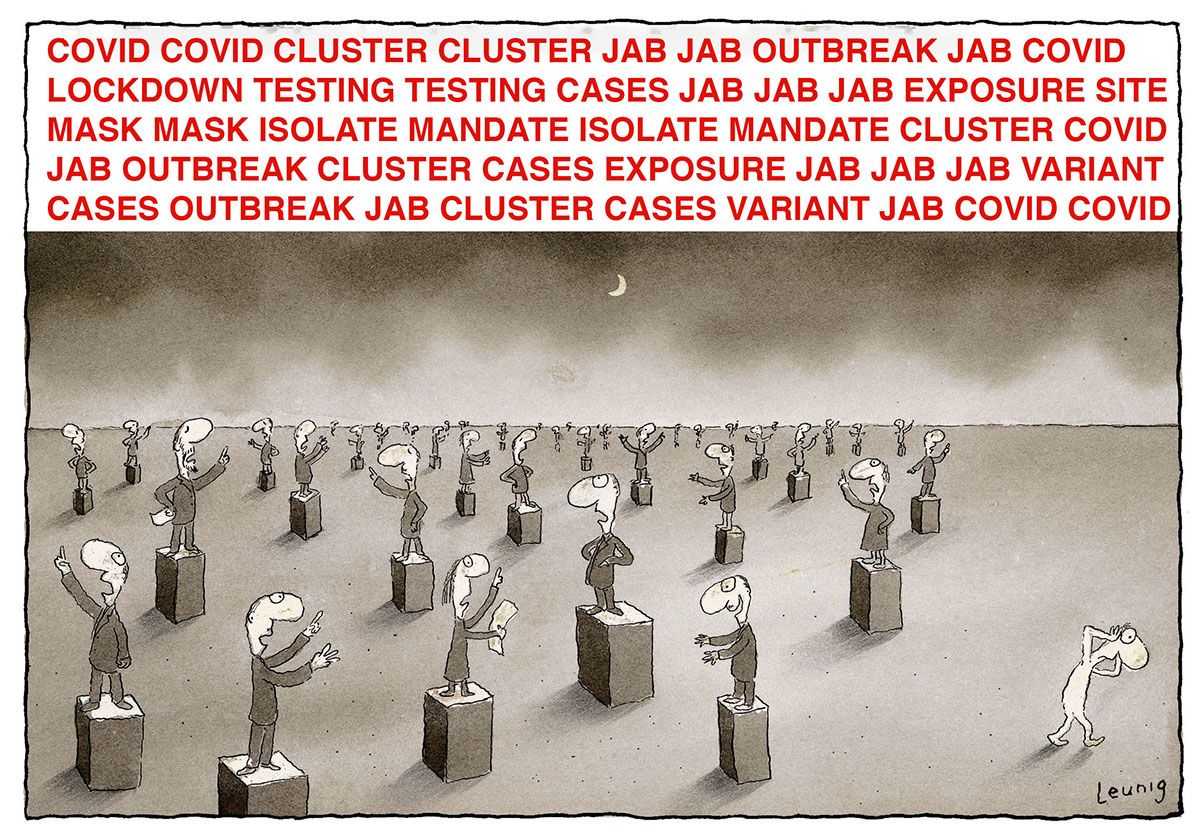

"A new law in Australia gives authorities powers to hack the phones or social media accounts of ‘suspects’ and disrupt their data without a judge’s warrant. Some senators described it as ‘absolutely disgusting’ after it was rushed through parliament in less than 24 hours"

Medieval Lego Guillotine

"Biodiversity is the greatest treasure we have... Its diminishment is to be prevented at all cost." - Thomas Eisner
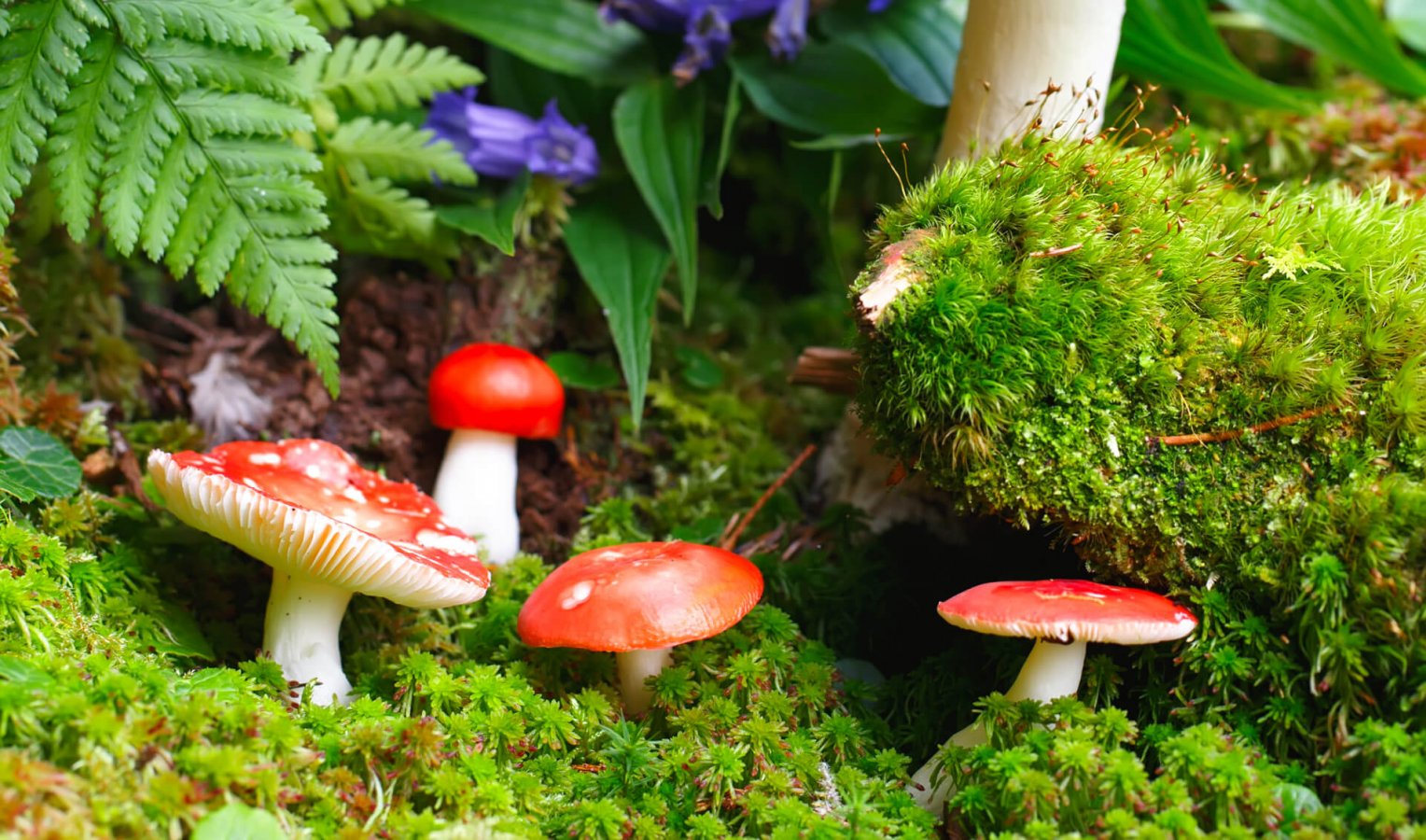
Conserving Traditional Seed Crops Diversity
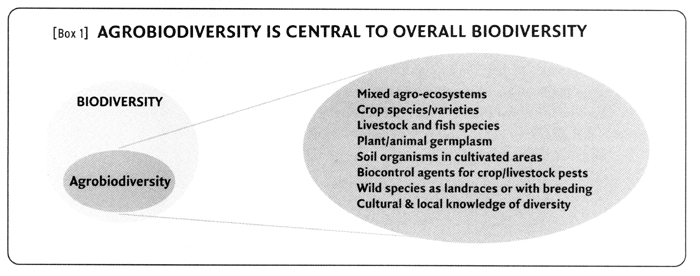
Over the last two decades, 75% of the genetic diversity of agricultural crops has been lost; 100 to 1000-fold decrease overtime. This phenomenon results in the decrease of ecosystem abilities to provide food for people & decrease the function of other ecosystem services.
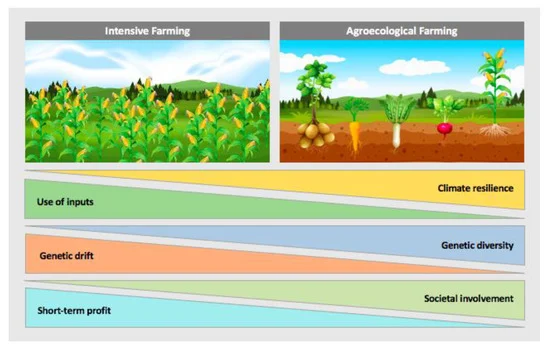
Meanwhile the crop diversity has been decreasing, the World Bank estimates that about one billion of world’s population will still live in extreme poverty in 2015. 70% of world’s poor people are living in rural areas and they are relying on the agriculture sector, particularly on traditional agricultural systems.
